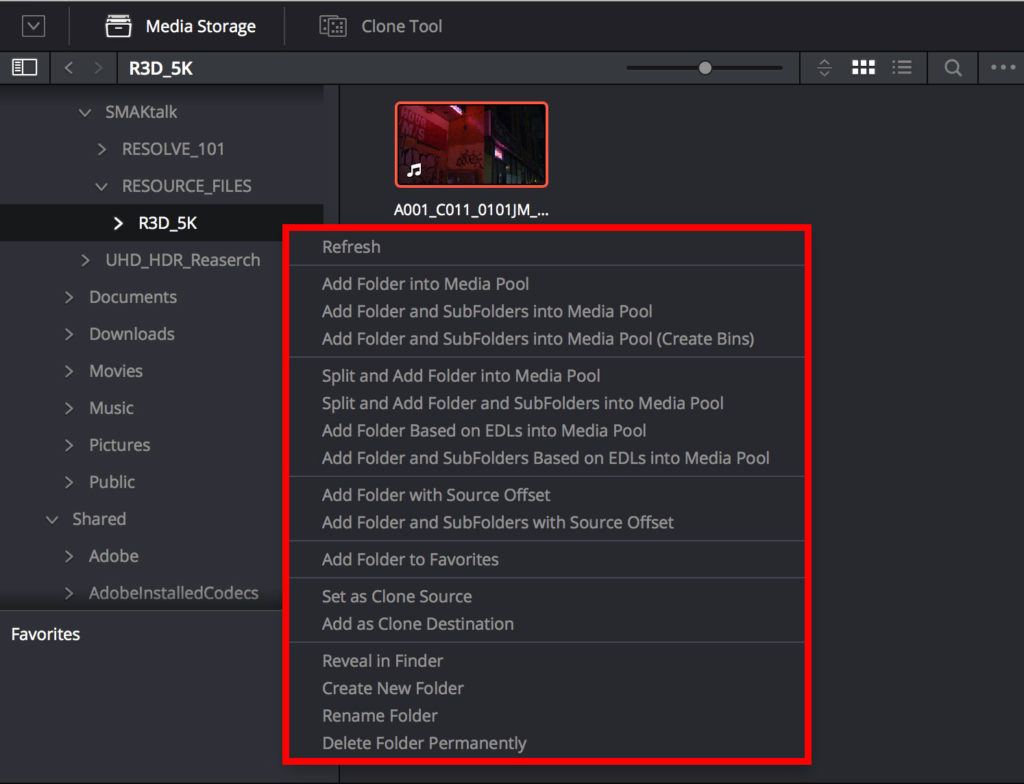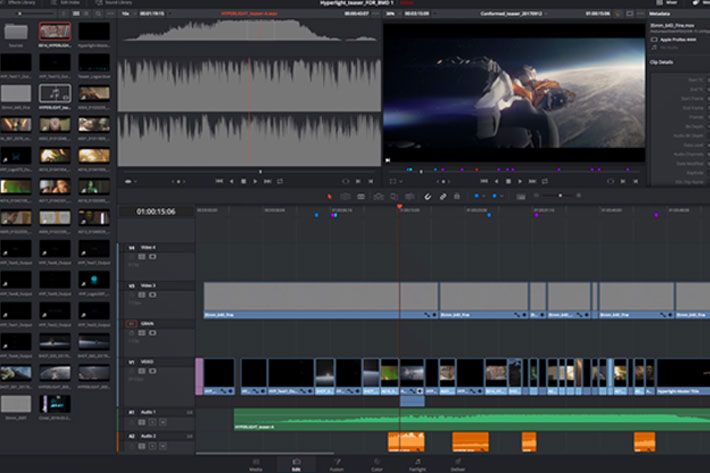

If you use these types of compressed codecs you will need a more powerful CPU or be prepared to use proxies or Resolves optimized media feature. H.264 and H.265 are heavily compressed formats and while not idea for editing are often used by lower cost cameras.

The decompression process, like compression, uses the CPU, so the heavily compressed codecs need more powerful and a greater number of CPU cores. However, for editing, VFX, and grading, the compressed data needs to be decompressed to the full RGB per pixel bit depth that can use four times or more processing power of a HD image for the same real time grading performance. Working with these codecs natively can also result in audio drift and sync issues over the duration of long clips.įrom the DaVinci Resolve 15 Hardware Selection and Configuration Guide on page 5: Resolve has to decode H.264 and H.265 / HEVC encoded files using your system CPU before full raster video frames can be processed, and while this has been improved in Resolve, it’s still a problem for many on laptops and lower power systems to do this in real time. For various technical reasons, transcoding your AVC / HEVC source media into an edit friendly format is a good idea even if your system does support hardware acceleration. However, the free version of Resolve doesn’t, and so transcoding these files to an easier (less compressed) codec may be the best solution. Depending on your hardware, Resolve may or may not manage to offer real-time playback when working with compressed video sources natively.ĭaVinci Resolve Studio does support hardware GPU encoding and decoding if you’re using a compatible GPU. Just because Resolve will read your AVC or HEVC encoded camera files, doesn’t mean it will play them back at full resolution in real-time.

In fact, Resolve is compatible with just about every common codec in use today. Of course, this has changed and the software has evolved to be far more flexible and inclusive of all kinds of common compressed media. It was designed primarily for performance with uncompressed media. DaVinci Resolve has a long history, with its origins dating back to the early 1980’s as da Vinci Systems, long before the technology was bought by Blackmagic Design in 2009.ĭaVinci has always been a high-end color correction and finishing system.


 0 kommentar(er)
0 kommentar(er)
